By Kyle Robidoux
I remember standing at the start line of the Mount Desert Island (MDI) Marathon in 2011, my first marathon. I tied and retied my shoes, adjusted my hat multiple times, and checked my pink Timex watch to make sure the stopwatch was zeroed out. Most of all, I recall this strong sense of unknown. How would this day play out? Did I train enough? How would I handle the last few climbs?
Almost ten years later, I still have these same feelings when I toe a start line. Whether it is a 5K or 100 miler, the overwhelming sense of unknown is palpable. It is what fuels me to keep pushing, challenging myself, and stepping into situations that make me feel incredibly uncomfortable.
It is why I run.
I started running in 2010 to get in shape, improve my overall health and well-being (hello family history of Type II Diabetes), and not be out of breath playing with my then two year old daughter. I have run many races, including the Boston Marathon six or seven times and four 100 milers. I adore the running community that has given me so much, and I love racing because it holds me accountable. I train and play hard. I enjoy a good local beer as much as I do hill repeats and WAY more than track workouts.
As a runner who is visually impaired, I have benefited from the generosity of at least a hundred runners who have guided me on training runs and races. Running with sighted guides turns what is usually an individual effort into a team sport. I am thankful to each and every guide for their support and friendship.
I frequently think back to the MDI Marathon and how far I have come as a runner and how far I have developed mentally. I started that race with my sister-in-law to help me navigate the first few crowded miles. Then I (cautiously) ran solo because I had more usable vision back then. Currently, I have about a 3 to 4% field of vision, so what I see is similar to someone looking through a paper towel roll. I continue to have a roller-coaster experience being identified as a “blind” runner and not simply a runner. Over time though, I have adjusted, and most of the time accept it. However, this does not mean I sometimes yearn to be in the middle of an ultra, in complete darkness at 2:00 AM in the woods lost in my own head, guideless. Then I pivot and think how much gratitude I have to be running and participating in this beautiful community and how fortunate I am to help raise awareness about athletes of all abilities.
Western States Endurance Run
I also think about the opportunity to run the iconic Western States Endurance Run in 2019. Due to trail conditions (lots of snow) and my poor core/balance, I did not make the time cut-off at the mile 15 aid station. It is an understatement to say how disappointing that was. Initially, there was a sense of shame that I let my family, guides, crew, and community down. I was in great shape, had a rock star team of sighted guides and crew, and ambitious yet realistic goals. But I could not control the yearly snowfall and the challenging footing that came with it (my tailbone still aches from falling on it so many times!). Upon reflection, I am proud that I put myself in that situation even though it was not my desired outcome.
“Writing this makes me laugh, but it also provides clarity on why we do what we do.”
Why is it important to feel uncomfortable? First, life is all about learning and stretching ourselves, either personally or professionally. Feeling uncomfortable is also a means to ensure that we control what we can. For racing, that most often means training, proper sleep, and learning how to fuel. But come race day, especially during an ultra, I still have no idea how things will play out. I do know I will have to problem-solve, adjust my goals and strategy, and likely feel VERY uncomfortable for long periods of time. Writing this makes me laugh, but it also provides clarity on why we do what we do. Imagine how boring life would be if everything was easy, and we achieved all of our goals the first time we tried?
At the end of the day or race, it is all about learning how to be comfortable being uncomfortable.
About the Author
Kyle Robidoux grew up in Southern Maine and now lives, works, and plays in the Roxbury neighborhood of Boston with his wife and daughter. He is an avid skier, a public speaker, and a sponsored athlete/ambassador with Athletic Brewing Company, Topo Athletic, Ultimate Direction, CLIF Bar, and Squirrel’s Nut Butter. He recommends checking out United in Stride for more information about being a sighted guide (all paces and distances needed).


